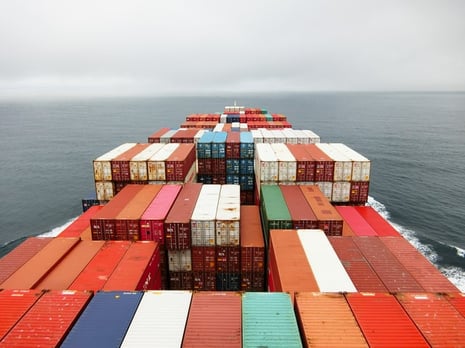Future proof your supply chain with resilient and sustainable elements
Strengthening the supply chains in preparation for inevitable future uncertainties, and the need to be more sustainable whiles continuing to be efficient requires the development of processes, systems, and structures that enable rapid adaptation and resilience in the face of disruptions.
In this blog we’re going to look at the steps organizations can take to future-proof their supply chains, and at how they can build in resilience and sustainability elements.
A recent study, considered exactly this point. The study identified several key characteristics in this regard.
Dynamic operating model
A strong operational framework is one that can adapt quickly and effectively to an organization’s changing needs. To build it, a business needs to work closely with key suppliers and client stakeholders to address issues such as whether the supply chain should be organized by function, or by geography; such as how layered it needs to be; such as which team talents need to be identified and developed; and such as the digital tools that will be needed.
There are structural issues in the model that need to be addressed, too. These include deciding whether to hold goods close to customers, or in remote distribution centers, or in some hybrid form, and whether all or some of the models should be offshored or nearshored.
Also, there are tactical issues. What early warning systems can be put in place to detect and respond to rapidly changing customer needs? How many contingencies can be identified, and planned for? And how can a balance be achieved between achieving scale and flexibility, while also optimizing costs?
It’s a good idea for this operating model to be digital-native. An Everest Group survey shows that organizations with such a model in place have, on average, achieved cost savings 1.7 times greater than those who haven’t made this change.
Integrated processes
It’s easy to say a supply chain should be seamless and consistent. Of course it should. Of course things are easier without siloes. The trouble is that these things aren’t easy to achieve – especially when it’s a major enterprise, that has been working for many years across several geographies and sectors, and with several different operating companies and supply lines, each with its own legacy culture.
Sometimes, though, the difficult task is the one that’s most worth doing, and this is one such case. If organizations commit to getting their houses in order, and keeping them that way, it’s a sticking plaster they’ll only have to pull off once.
Best practices include:
- Creating a roadmap of current processes, so as to fill gaps using digital levers for communication between multiple stakeholders
- Standardizing processes across geographies to create a central strategy, but with sufficient flexibility to decentralize where necessary so as to address regional needs
- Engaging key supply chain partners in a common goal of serving customers, bringing them together to optimize their individual and collective performance
- Providing regular feedback across functions and geographies, so as to enable continuous process integration and improvement
- Encouraging collaboration between different organizational functions, so as to identify key processes and evaluate supply chain relationships in detail.
Transparent operations
It’s not enough to bring everything together: you also have to create a vantage point from which you can see it all as it happens. According to the Everest Group Research study, the average difference between organizations that have real-time data visibility to a significant extent and those that don’t equates to 0.8% of revenue – which, if you’re a $5 billion revenue business, is a difference of $40 million.
Real-time visibility doesn’t just increase cost efficiency. It also leads to more efficient order management as a result of improved customer-sensing demand forecasts and reduced stockout situations. It improves customer order cycle times for the same reason: those forecasts are much easier to make when supply chain professionals have insight into current levels of demand and supply.
The future is digital
In the final blog we will explore how technology can make a real difference to enable these processes and help build a resilient, sustainable and Efficient supply chain.
Learn more about how ICCG can help. Questions about how ICCG can help you? Let us know here.


